The Wishing and Hoping Stage
So where do we go from here? First fueled by anticipation, and secondly by earnings, the stock market sets record highs in all indexes almost every day since the election. The President campaigned on the promise to lower taxes and reduce regulations, thus making American companies more profitable and competitive. Since November 8th we have experienced what a friend of mine calls the “wishing and hoping stage” which will last until the legislation is enacted, or not, fulfilling, or not, those promises.
While television’s talking heads forecast either an ultimate positive or negative decision, almost all agree that in the meantime we will experience volatile security markets. Whether reacting to the President’s tweets or geo-political events there are a lot of issues that can affect the markets one way or the other almost every day.
A recent article by David Rosenberg points out…”only once in the last 89 years has the S&P 500 not dropped at least 4.4% from an interim peak, and in 2016 there were four of these occurrences. In 2016 the S&P 500 was up 9.5%. Full three-quarters of the time, these intra-year corrections were 10% or more (the average was 17% and the median was 13%). And keep in mind these also occur in the context of bull markets and expanding economies – often event driven.”
For example, the October 1987“Black Monday” crash in which the Dow Jones Index lost 22%, was during one of the biggest bull-market rallies in history. Many writers credit the crash to rising tensions with Iran and a freak storm hitting London closing the security markets there. More recent corrections in January 2016, caused by the Fed’s interest rate increase, and June 2016 due to of Great Britain’s Brexit vote, have been sharp and relatively brief (the June 2016 correction lasted less than a week).
Short-term investors or day-traders may move in and out of the markets in these time periods; but timing the market is impossible to do consistently – knowing when to get in and out is often more guess work than science. However, for investors to miss the ten best trading days in each of the last nine decades would mean a cumulative gain of only 31% instead of 10,005% for those staying fully invested during that time. Keeping a long-term perspective may become more difficult as we are bombarded with 24/7 news, Facebook and Twitter feeds; but, remember that for the last 78 years a chart of the growth of the Dow Jones Index or the S&P 500 Index is continually rising, not in a straight line because of the corrections, but nonetheless it is upward.
Mike and I invite your comments or questions. We appreciate feedback to our letters and our performance as your investment advisors.
